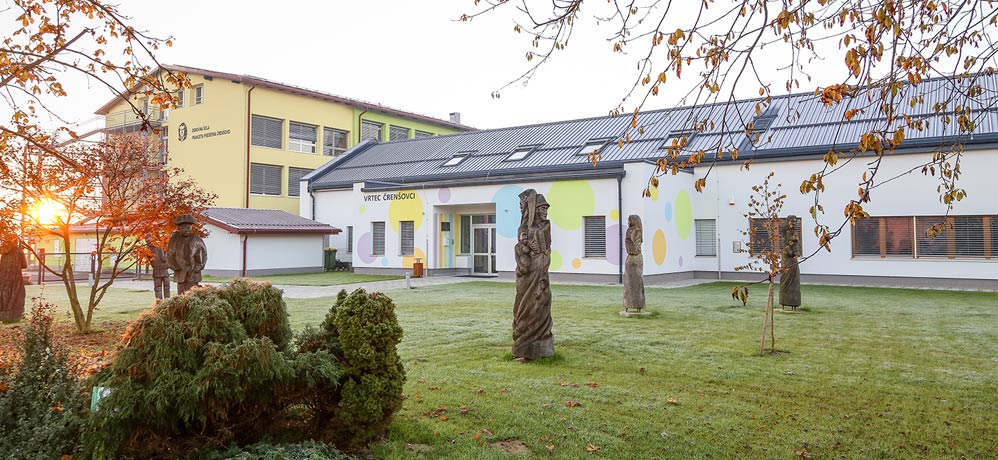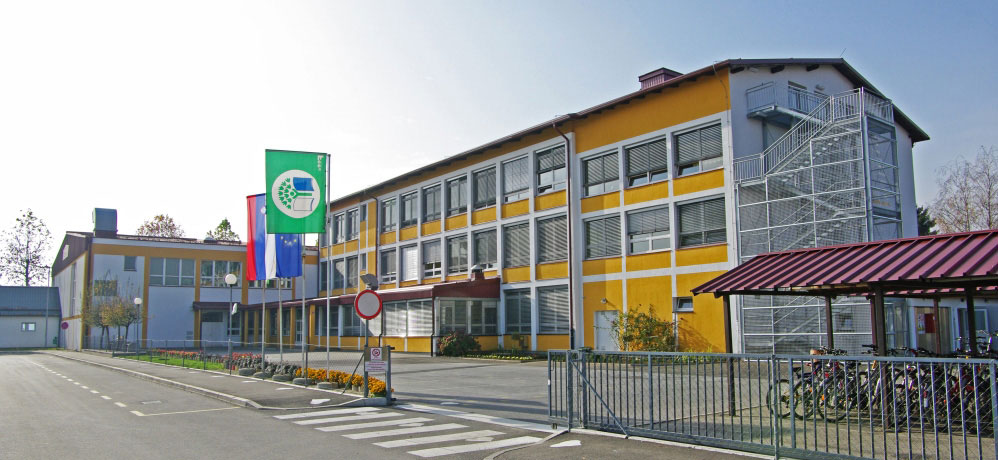In the last decade, digital technologies have become an important part of our lives. We use them at different settings – at home or work, and for different reasons – to consume or create content. Just as in any other segment, digital technologies have found their way into education, both formal and informal. Although there are many enthusiasts about using digital technologies in the teaching and learning processes, there are also a lot of doubters – people, who are afraid of the changes that are happening due to technology. In my talk at the conference, I would like to share some experience and best practices from Slovenia and abroad regarding the usage of digital technologies in education, for both teachers and learners.
Emilija Stojmenova Duh, Ph.D., is an assistant professor at the Faculty of electrical engineering, University of Ljubljana. She is also Head of Public, Private, People Partnership Digital Innovation Hub – 4P DIH, whose main aimis to create awareness and provide services to grow digital competencies, share digital experience and case studies locally, regionally and internationally, and support the government to adapt regulation and open its data to foster entrepreneurship. She has founded and is coordinating the national FabLab network in Slovenia, which is a technical prototyping platform for innovation and invention, providing stimulus for local entrepreneurship. With its 29 laboratories around the country, the FabLab network serves as a platform for learning and innovation: a place to play, to create, to learn, to mentor, and to invent, no matter the age, gender or place of living. From February 2018 till October 2019, she was CEO of Digital Innovation Hub Slovenia. Since November 2019, she is Head of 4P DIH, whose main aim is to support the Slovenian industry, education and municipalities to fully benefit from digital innovations to upgrade its products and services, improve its processes and adapt its business models to the digital change. Between June and December, 2018 she was president of the management board of the European Blockchain Hub. During 2014 and 2016, she was head of Demola Slovenia, part of Demola Network, which is recognized as best practice example for innovation policy makers by OECD and World Bank. She is coordinating several national and European research and development projects on digitalization for innovation and rural development. She collaborates with the European Commission within two thematic groups on rural development and digital innovation hubs. Her work focuses mainly on the fields of open innovation, co-creation, user centered design and digitalization for development. She is part of an international team of researchers, who are developing a methodology for measuring and monitoring social and economic return on investment of digital products and services through open innovation. She was the first chair of the IEEE “Women in engineering Slovenia”. One of her most important missions is to encourage young girls to study engineering, and later empower women to stay in the field and dare to take leadership positions in science and engineering. As such, in 2018 she was one of the 50 women from all over the world to take part in ‘Hidden No More’, one of the US State Department’s international visitor leadership exchange programmes, aimed at evening out the gender gap in STEAM. She was the finalist of the “Female engineer of the year 2018” competition in Slovenia.






